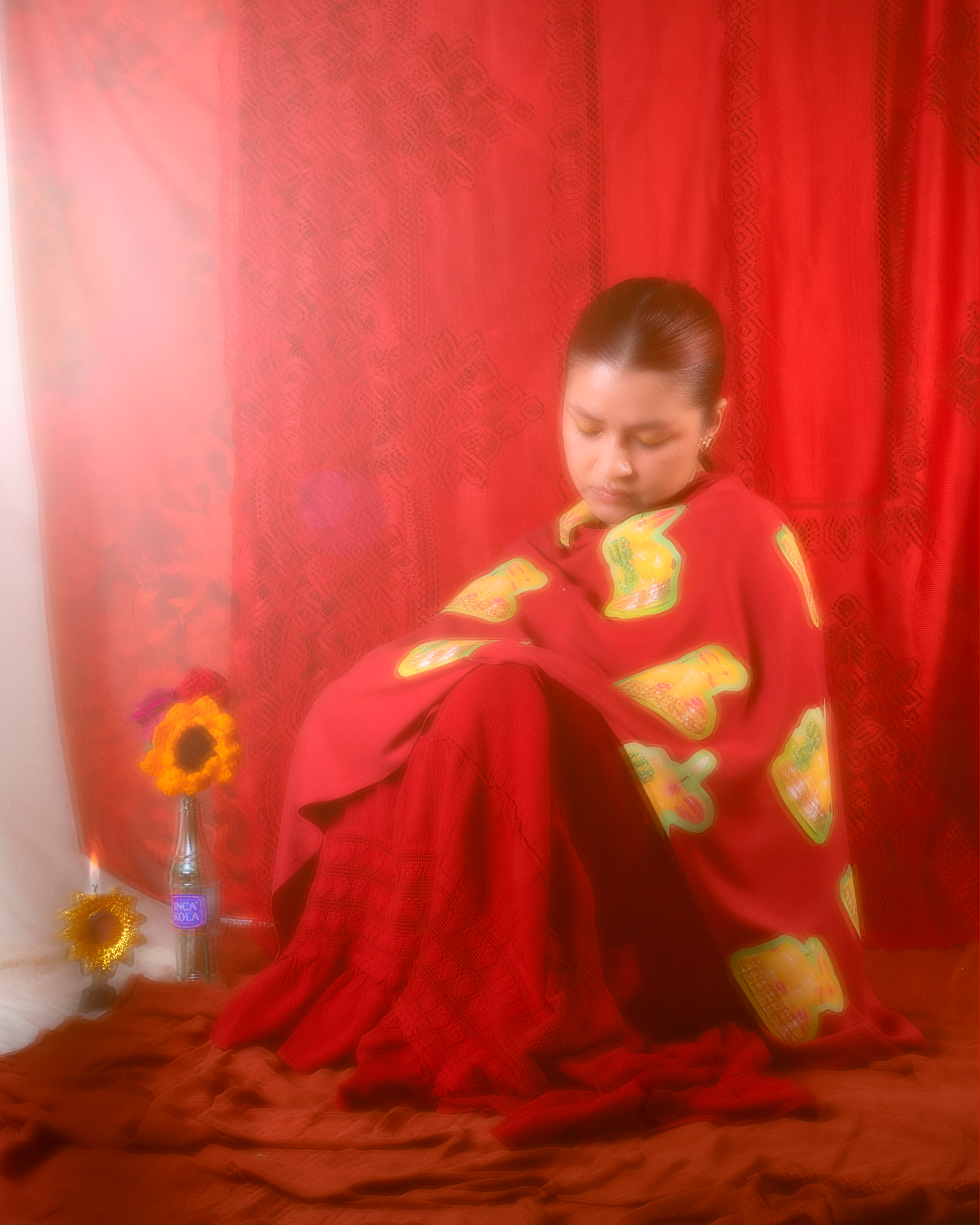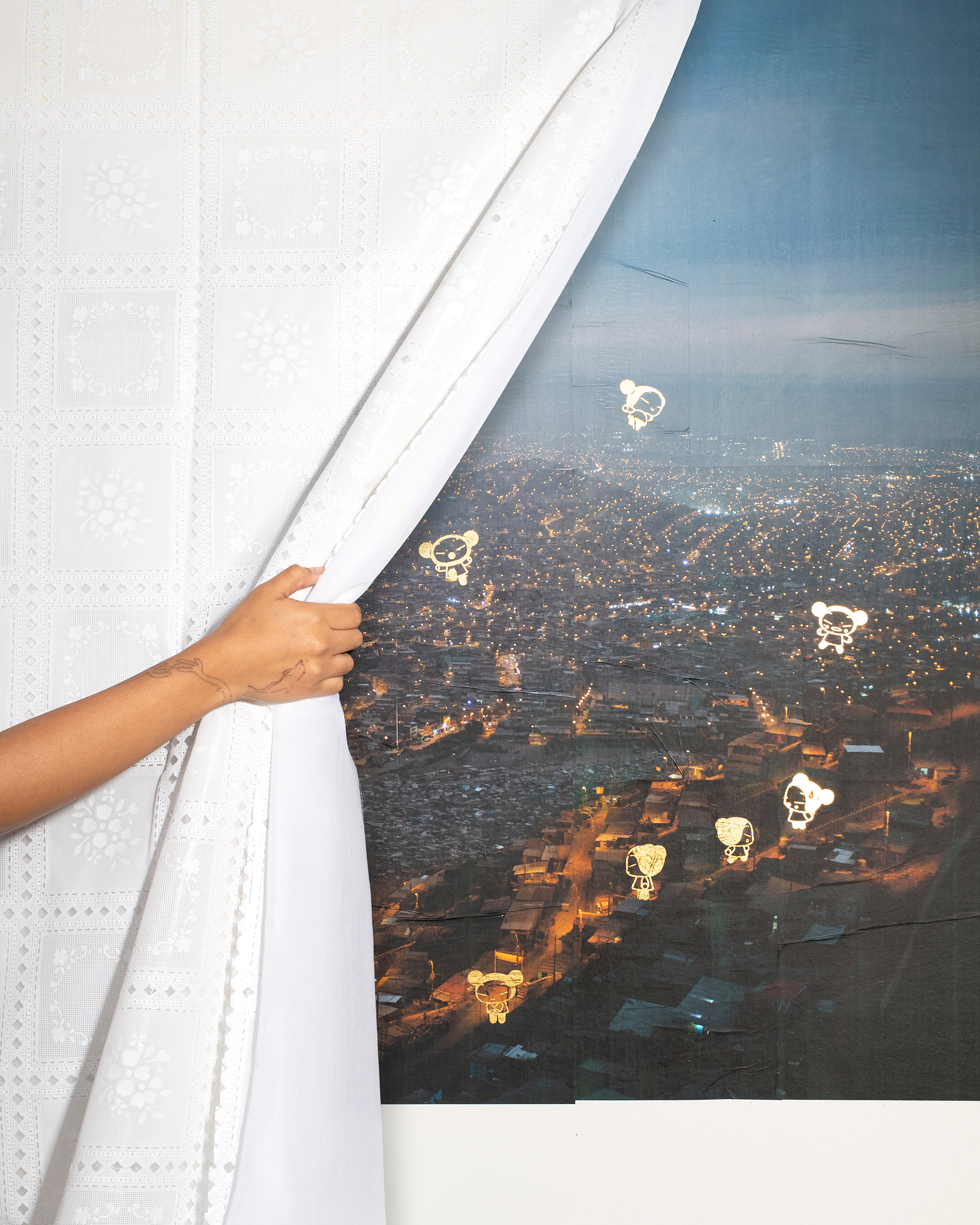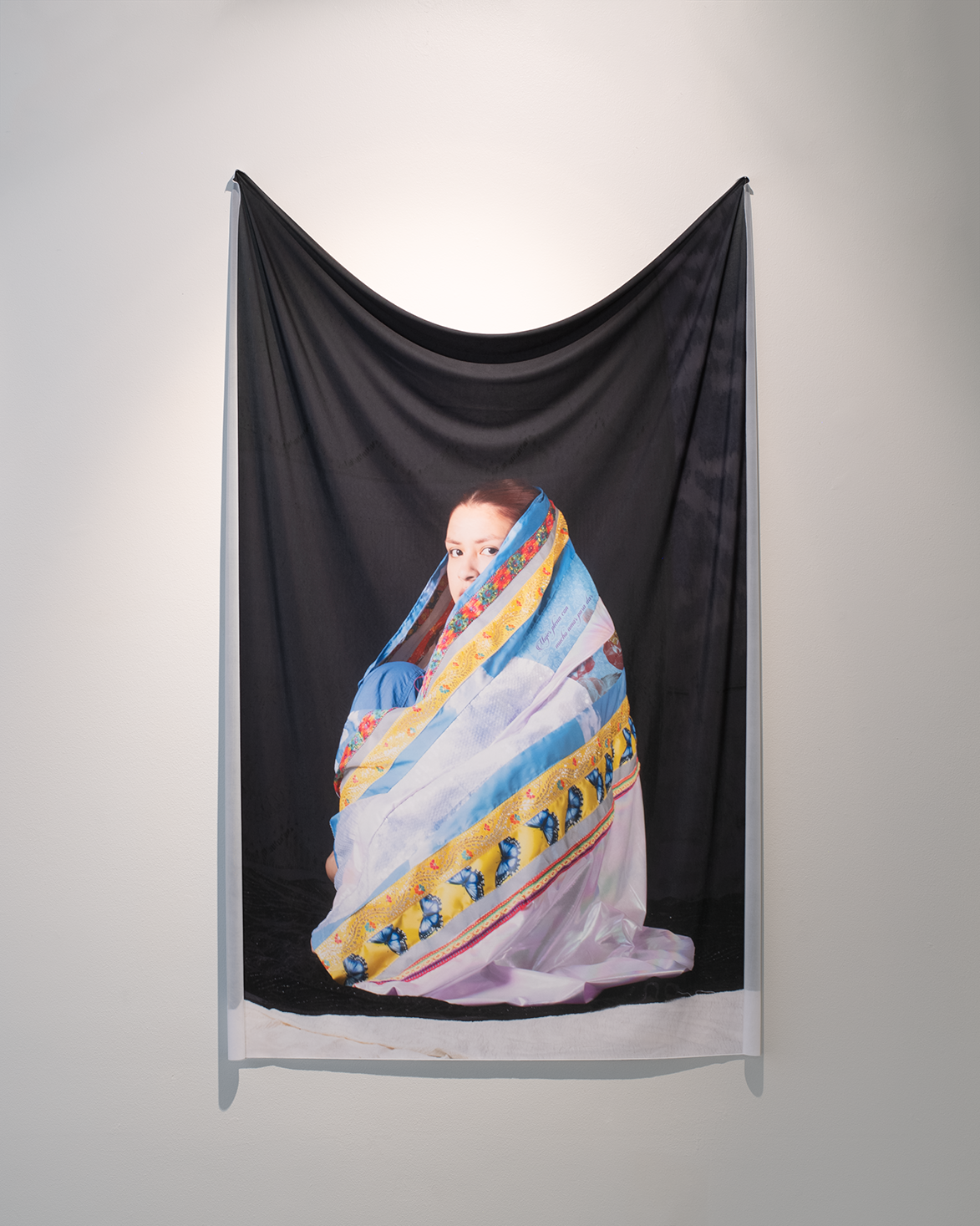HVAVDN: entre ayer y mañana
(continuation of Hoy Voy a Verte De Nuevo)
In entre ayer y mañana I mine my own representation of place, culture, self, and history through the ideas of burials and material nostalgia. This new work emerges from interest in the material cultures of Lima, Peru that reveal ritual or cultural values practiced to us, and my practice wrestles with the problematics of embodying pre-columbian and colonial pasts. In making self-reflexive work, I consider my fragmented position as both subject and agent of a contemporary colonial project (the U.S.) and become a simultaneous subject, anthropologist, and myth-maker.
My approximation to Lima, Peru as a site laden with colonial pastiche and built over huaca ruins is, and remains even after my experience living there, that of an outsider, a perpetual interloper as a result of the diasporic tides that be. In this approximation, I implicate myself in my own critique of contemporary Lima’s reliance on tourist economy, a relationship which destabilizes the authenticity of cultural narratives, aesthetics, and makes suspect the motives of national interest in preservation and cultural patrimony.
Archeologist Alfredo Gonzalez-Ruibal wrote on the idea of material nostalgia, that
“...[it] implies a different ethical relationship to the past: one that refuses to let the past go, because it believes that it has something to offer to the present and the future, but at the same time accepts both the inevitability of loss and the damage already done—the scar, which is itself material.”
This scar, while manifesting in the material, for me, also speaks to an intangible yet also permeable threshold between past and future that lives on in my diasporic experience. Perpetual longing, melancholy, and fantasizing about alternative futures are all part of the refractive condition of navigating diasporic tides when “returning” to a homeland that both is, and is not, authentic.
Lastly, references to the contemporary culture of Lima – the muro, the Tusán (chinese-peruvian diaspora) aesthetics and traditions, Pucca (a naïve yet otherworldly-powerful young girl/cartoon), and borrowed colors from chicha aesthetics give way to the “tomorrow” in entre ayer y mañana. If material nostalgia is like a two-way mirror, but the mirror is permeable, it becomes our present – in which past and future collapse, and we are left to deal with what remains.
[L] how to be buried with dignity¿? 01: desde la gris, te miro
sublimation print on jersey, 40 x 50 in, 2024
[R] how to be buried with dignity¿? 02: mujer plena con mucho amor para dar
sublimation print on jersey, 40 x 50 in, 2024

the new years’ maiden (eternally frozen in year of the rabbit)
inkjet on enhanced matte, 40 x 50 in.
2024
… thinking about the “inca maiden,” her perturbed burial site, the interruption of ritual, synthesizing a contemporary alternative, how new years celebration is also a rebirth, and implicating myself in this performance: of.

manta 01: desde la gris, shield or signifier
fabric, ribbon
2024

window to a another world in which pucca saves lima (mirada desde el muro de vergüenza)
inkjet on enhanced matte, panel, 24 x 30 in, 2023
original wheatpaste in my studio, inkjet prints on paper, heat-activated foil, appx. 3 x 6 ft.





